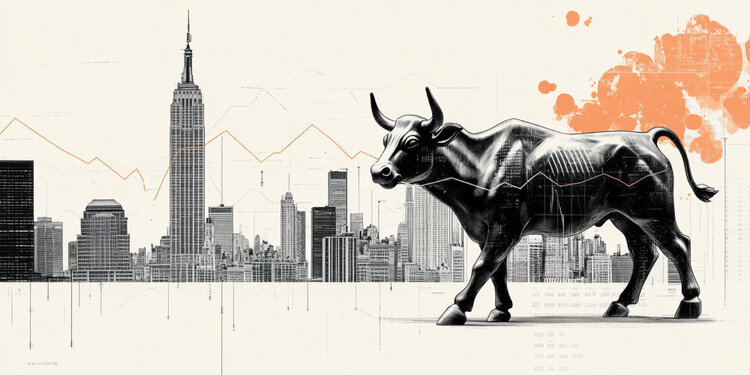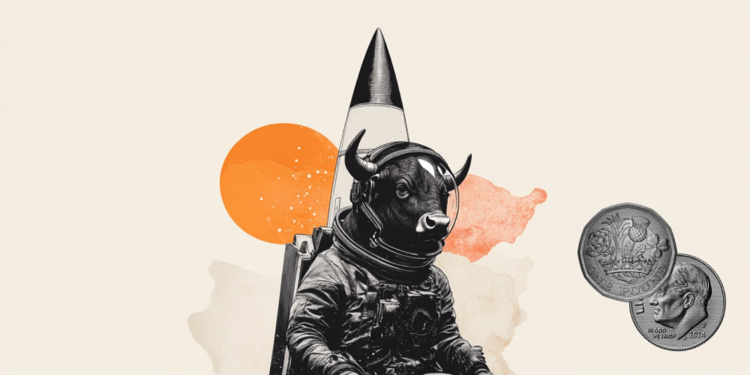There are those who know how Julia Paganelli and who how Evastaisitta. «I am an anthropologist, but also a historian: I write, read, ask questions, compose, draw and speak not a lot, but enough to arouse mixed feelings. For the past twelve years I have dealt with bodies, monsters and witches.’ And then from there, Giulia broadened the range of her interest in her and today she deals with fatphobia, beauty and narrative representation, «let’s say about all those that I define as “Cultural Bodies”. By day I am a brand manager for a large company, by night I destroy socio-cultural structures. I don’t sleep anyway, so I have time». Born in Modena in 1983, he talks about himself here.
What helped her become who she is?
“My body, I would say. Being born into a fatphobic society is not easy. When you wear a fat body you are educated from an early age not to expect anything, not to desire anything, not to be worth it because everything you are is canceled by the invalidity of your body. They tell you that no one will ever love you, will ever want you, that you will never be able to accomplish anything, you will not be able to realize yourself because you are simply a mistake in the system. The problem with me came because I was born on a full moon night and my mother made me ram ascendant ram, you understand right? For me to surrender it is necessary to shoot myself in the middle of the forehead, it could hardly happen by my will. So I did what I know how to do: I threw myself headfirst into that pain, I saw what color the bottom was and then I went back to the surface. It wasn’t obvious that it would go well, but it did and this certainly allowed me to be more inclined to listen, more oriented towards understanding all bodies, more empathetic. I’m also a bitch, eh: otherwise it seems that I’m ready for beatification and, no, it’s not like that. I’m hard, like cooking clay. But I think this is the price to pay for doing things the way I do».
Who is her heroine?
«This is a question that receives different answers depending on the period of life in which they are. There is a precise moment in my life that established a before and an after. I was at the historical archives in Sûmperk, in the Czech Republic, I had just finished translating some documents and was starting to read everything over again. I had started from the correspondence of Boblig, the royal inquisitor sent to the county by the protectorate. There are many arguments that are repeated in those letters, but the forest perhaps it is the dimension with the most references. And as I read about this space, the practices hypothesized in it and the practices inflicted on bodies to obtain confessions, I just raised my head. From the two windows in front of me I could see that forest. In a fraction of a second everything became real and it did me irreparable harm, a cut that will remain forever open with jagged edges. For which, here. I sometimes think about it, sometimes I think about what it would be like to go out onto a patio and sit on large wicker chairs, with high backs, and drink tea with Marie Shuhova, the first woman killed by witchcraft trials in Northern Moravia, the eastern part of the Czech Republic, found dead in her cell because she did not give in to induced testimony. She paid for them all because she was a daughter, a mother and a witch.’
Which prejudice had to break and which prejudice struggles to disappear?
“Difficult. I’m constantly debunking my internalized fatphobia, mostly towards me. It’s not true that I’m worthless, it’s not true that no one wants me, it’s not true that I always have to settle for what comes for fear of being alone. I had to go through the eye of a needle and a toxic, psychologically abusive relationship to figure that out. But I still struggle to make it happen every day. So let’s say that this prejudice against me is broken, but it’s still struggling to dissolve».
The most valuable piece of advice you’ve been given that you’d like to pass on?
«At the end of that negative relationship I was in a dark place in my head, without coordinates and even trying to touch I didn’t recognize the walls. I kept looking at the mass of pitch from below and it was huge. How do you get out of that magma? How do you dissolve all that dirt, that unknown pain. And instead Simone, my best friend, told me “Let’s do it together, five minutes at a time”. For me now it’s a mantra that I use with people who reach out to me and tell me about their body experiences. There are really sad and unjust stories, enormous if you look at their complexity. But every path of self-deconstruction and reconstruction starts from those five minutes which, adding up to the following ones and again to the following ones, are able to make us proceed in the fog until we get used to the view and recognize where we are».
(It was the philosopher Marina Cuollo. to suggest the name of Giulia Paganelli for our network of changemakers).
Source: Vanity Fair
I’m Susan Karen, a professional writer and editor at World Stock Market. I specialize in Entertainment news, writing stories that keep readers informed on all the latest developments in the industry. With over five years of experience in creating engaging content and copywriting for various media outlets, I have grown to become an invaluable asset to any team.







